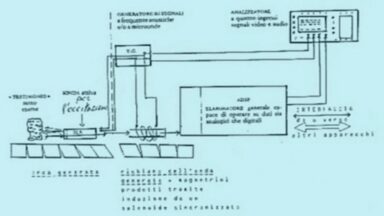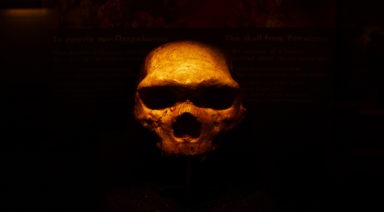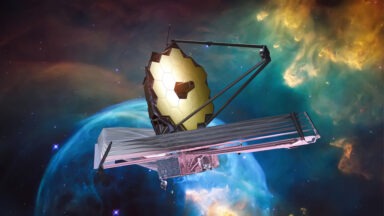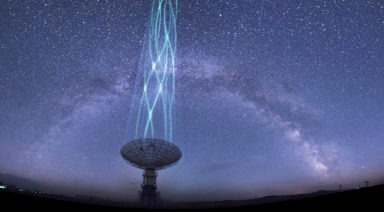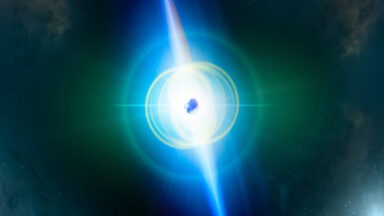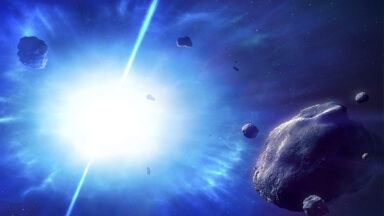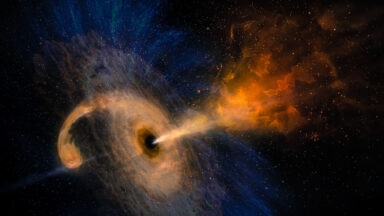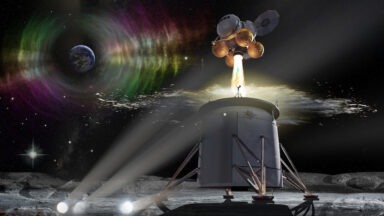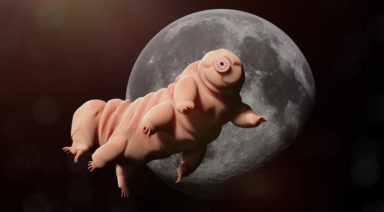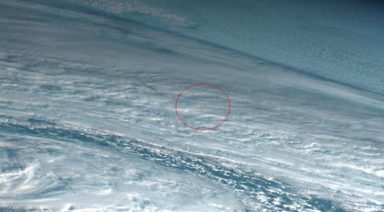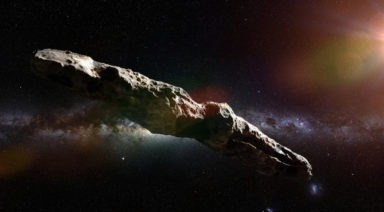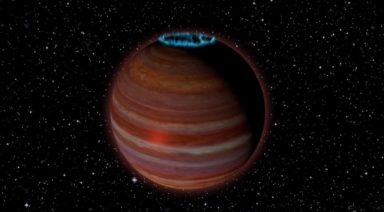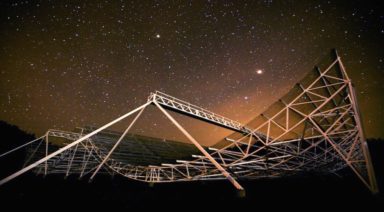A New Phase of Matter Appears to Defy Laws of Thermodynamics
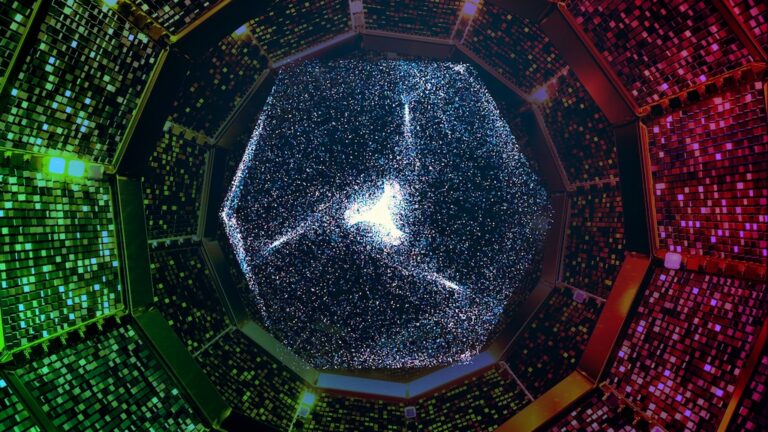
Scientists have created a new phase of matter known as time crystals, a quantum phenomenon appearing to defy the laws of thermodynamics. Could this discovery upend our understanding of classical physics?
A team of researchers developing Google’s Sycamore quantum computer announced the successful creation of a time crystal that lasted for 100 seconds. This novel phase of matter appears to defy the second law of thermodynamics, which states that entropy, or chaos and disorder, always increases in an isolated system. In other words, energy must be put into a system in order to maintain structure or motion. But time crystals have been observed to maintain a constant state of flux, without losing any energy.
Dr. Simeon Hein, director of the Institute for Resonance, explains the science behind this strange phenomenon.
“Crystals are in everything we do—they’re in watches—they’re in so many things because they’re regular, they create evenness, they create this consistency. And just like their pattern is very consistent, the energy that crystals transmit turns into a very regular pattern which is why you can use a quartz crystal in a watch,’ Dr. Hein said.
“You can put a noisy electrical signal in but it will come out as a very consistent beat, and that created the idea for some people, in this case, Frank Wilczek from M.I.T. in 2012, to propose the idea that you not only had crystals in space, you could have crystals in time. You could create an oscillating circuit, using specific quantum principles, you could create a very constant quantum beat.”
Time crystals have been described as the first “out-of-equilibrium” phase of matter, meaning they maintain order while in an excited state. But how do time crystals accomplish this, without expending energy?
“At a quantum level, they’re getting energy from something called the Zero-point energy field. The Zero-point energy field is the lowest ground state of quantum matter, but the lowest state doesn’t mean absolute zero like nothing’s happening. The quantum ground state is actually the base state of the universe, where even though there’s nothing happening, the field itself generates energy, causing random fluctuations and particles to pop out of nowhere, and all sorts of really interesting effects that normally, I should say most of the time, we don’t see in our regular, physical reality,” Dr. Hein said.
“So these coherently entangled particles would be deriving their energy from the quantum vacuum field. But if they’re getting their energy from the quantum vacuum, instead of our classical world, you can’t see any reason why they would eventually have to wind down like our regular clocks would, and energy would dissipate.”
With this new discovery of time crystals appearing to defy the second law of thermodynamics, how has mainstream science reacted, or tried to reconcile this paradox?
“A lot of these quantum phenomena seem to defy classical physics, the whole idea of quantum entanglement suggests faster than light interaction or communication, Einstein called it ‘spooky action at a distance,’ and experiments later confirmed that you could take pairs of particles and separate them, and you could do something to one of them, and the other particle would immediately react at farther and farther distances away,” Dr. Hein said.
Watch more:
As scientists continue to examine the baffling mechanisms of particles at the quantum scale, what implications could this have at the macro-scale? Could this explain paranormal phenomena or lead to the creation of a perpetual motion device?
“It suggests that things could be possible that you didn’t believe in before; things like remote viewing and phenomena around UFOs and things like this. It could tell us about some of these phenomena and perhaps there’s a quantum component to some of what’s called ‘paranormal phenomena,’ and this sort of research gets it going,” Dr. Hein said. “This is the real issue in quantum mechanics, where do quantum principles apply? Whether it be poltergeists or some of the weird time anomalies—you know, the missing time phenomena that people experience around UFO encounters? And other encounters like that, even Bigfoot seem to have a quantum component to them, Bigfoot encounters in terms of the effects on electronics and batteries. So this sort of questioning and research could possibly lead in that direction.”
While researchers work to create time crystals that maintain coherence for more than a few minutes, this latest iteration lasted exponentially longer than when they were first discovered in 2016. Will the Google team be able to create a significant state of coherence for time crystals in the future? And what else can we learn from these enigmatic quantum crystals?
The Chronovisor: The Vatican’s Mysterious Time Travel Device
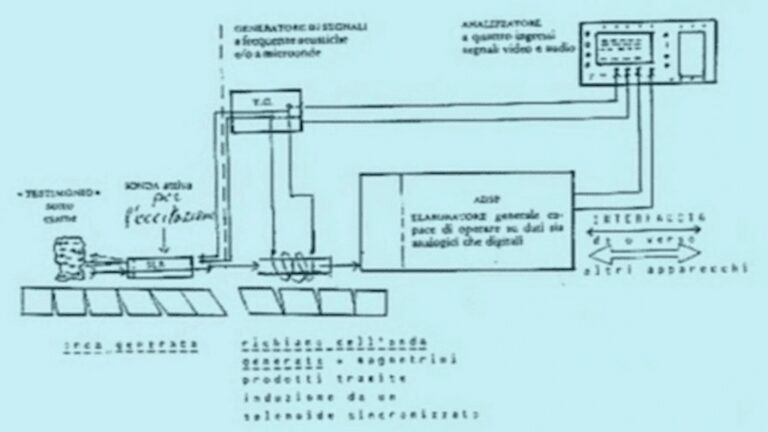
While many regard H.G. Wells as a genius for inventing the idea of the time machine in his novel, “The Time Machine,” some believe he was revealing a top-secret capability. Since his novel was first published in 1895, thousands of books, articles, and videos have followed, documenting curious accounts of time travel and dimensions beyond the wildest of imaginations.
One of these works, Father François Brune’s 2002 book, “Le Nouveau Mystere du Vatican,” brings a forgotten time-travel device called the Chronovisor, back into the public eye — or at least into the minds of conspiracy theorists.
Brune, who learned of the device in the early 1960s, swears the Chronovisor exists. A day after he met scientist-priest Father Pellegrino Ernetti for the first time, the two were sailing along the Grand Canal of Venice discussing biblical interpretations, when Ernetti explained that theories and interpretations were unnecessary when one could see the truth for himself. He explained to Brune how the Chronovisor functioned, allowing the viewer to see and hear past and future events. The story of his full account is included in Brune’s book.
With a little digging, researchers will find the first mentions of the Chronovisor in a 1972 article published in the Italian magazine “La Domenica del Corriere,” entitled, “A machine that photographs the past has finally been invented.”
What is the Chronovisor and Who Allegedly Created It?
Belonging to the Vatican, the Chronovisor time machine is heralded as one of the papacy’s best-kept secrets. The device is said to be replete with three precious alloys, cathodes, dials, and levers, and it can display myriad historical events in biblical and Roman history. Acting as a sort of television, the Chronovisor has even supposedly verified the existence of Jesus Christ and broadcast his crucifixion.
The Chronovisor time machine is claimed to have been invented in the 1950s by a dedicated and secret team of Italian scientists, including physicists Enrico Fermi and Pellegrino Ernetti. Critics may take credibility issues with the fact that Ernetti, a Benedictine monk, eventually became a Catholic priest and a working exorcist.
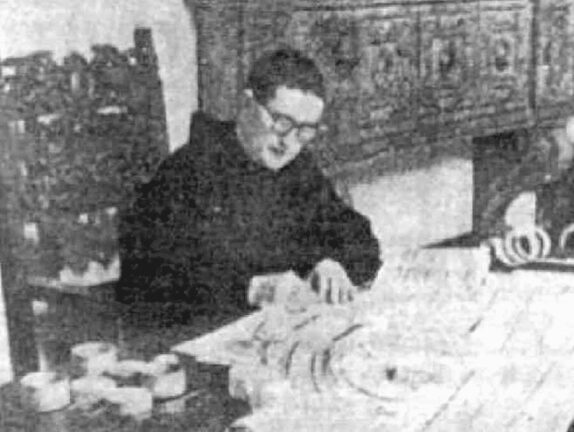
However, Enrico Fermi’s reputation is nothing to scoff at. He was awarded the Nobel Prize for Physics in 1938 “for his demonstrations of the existence of new radioactive elements produced by neutron irradiation and for his related discovery of nuclear reactions brought about by slow neutrons.”



